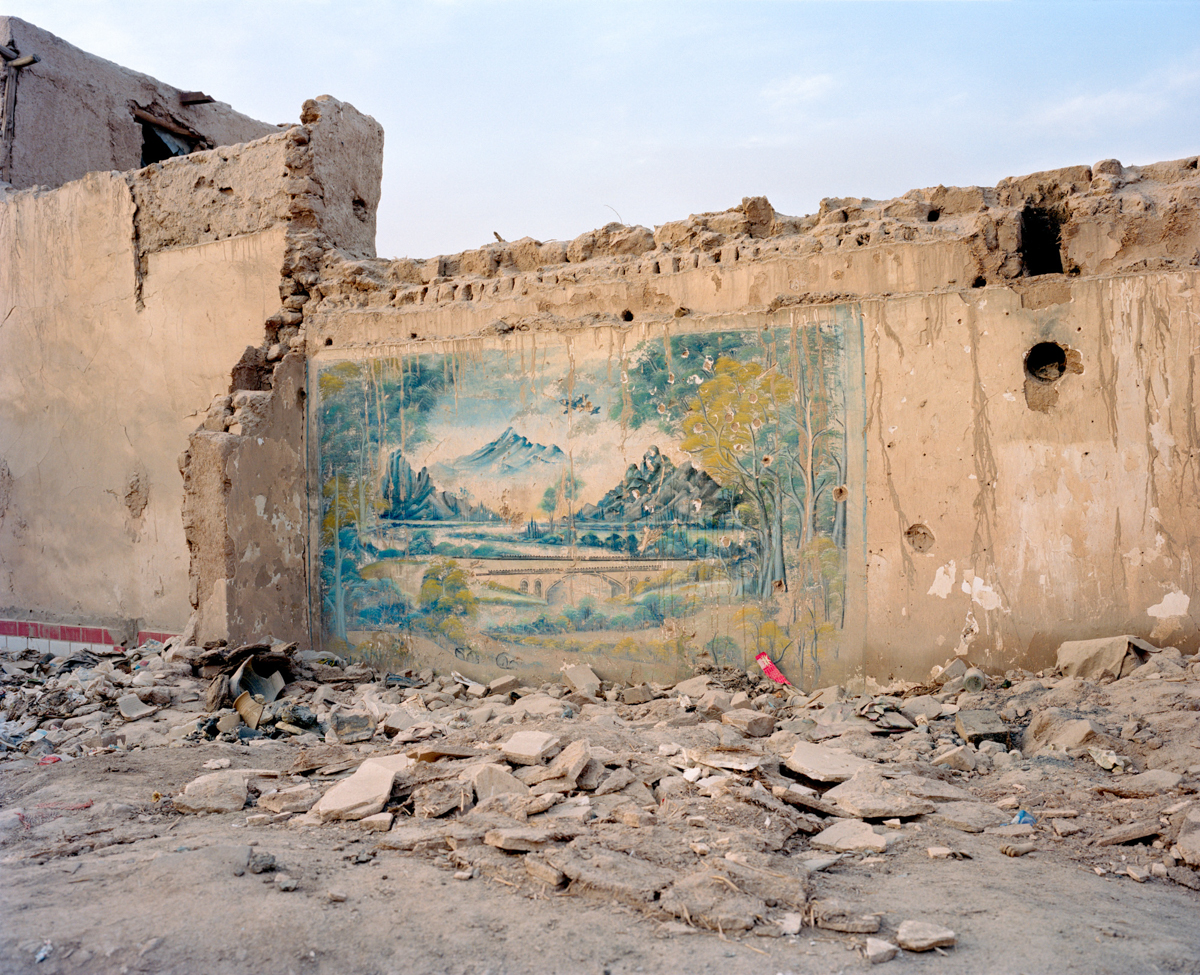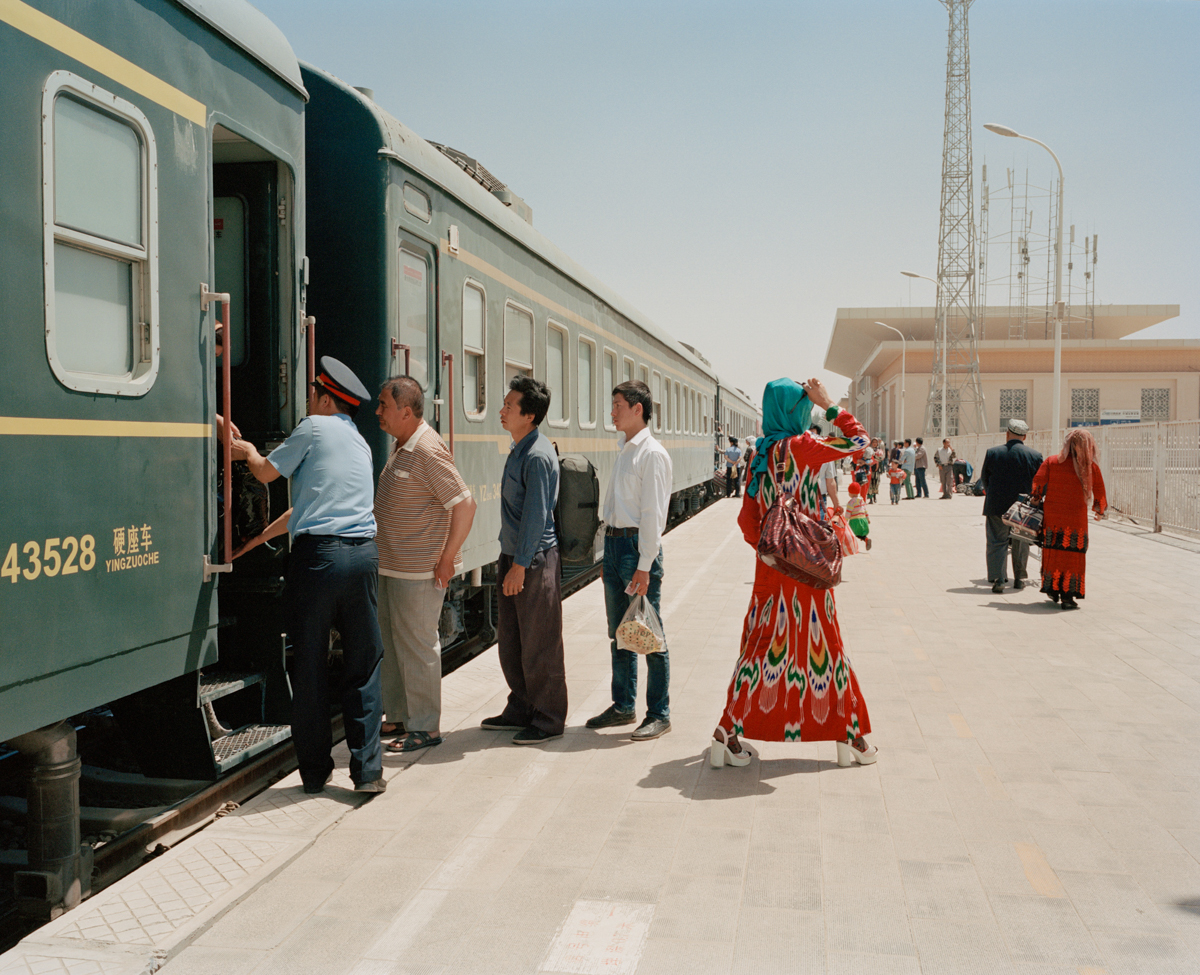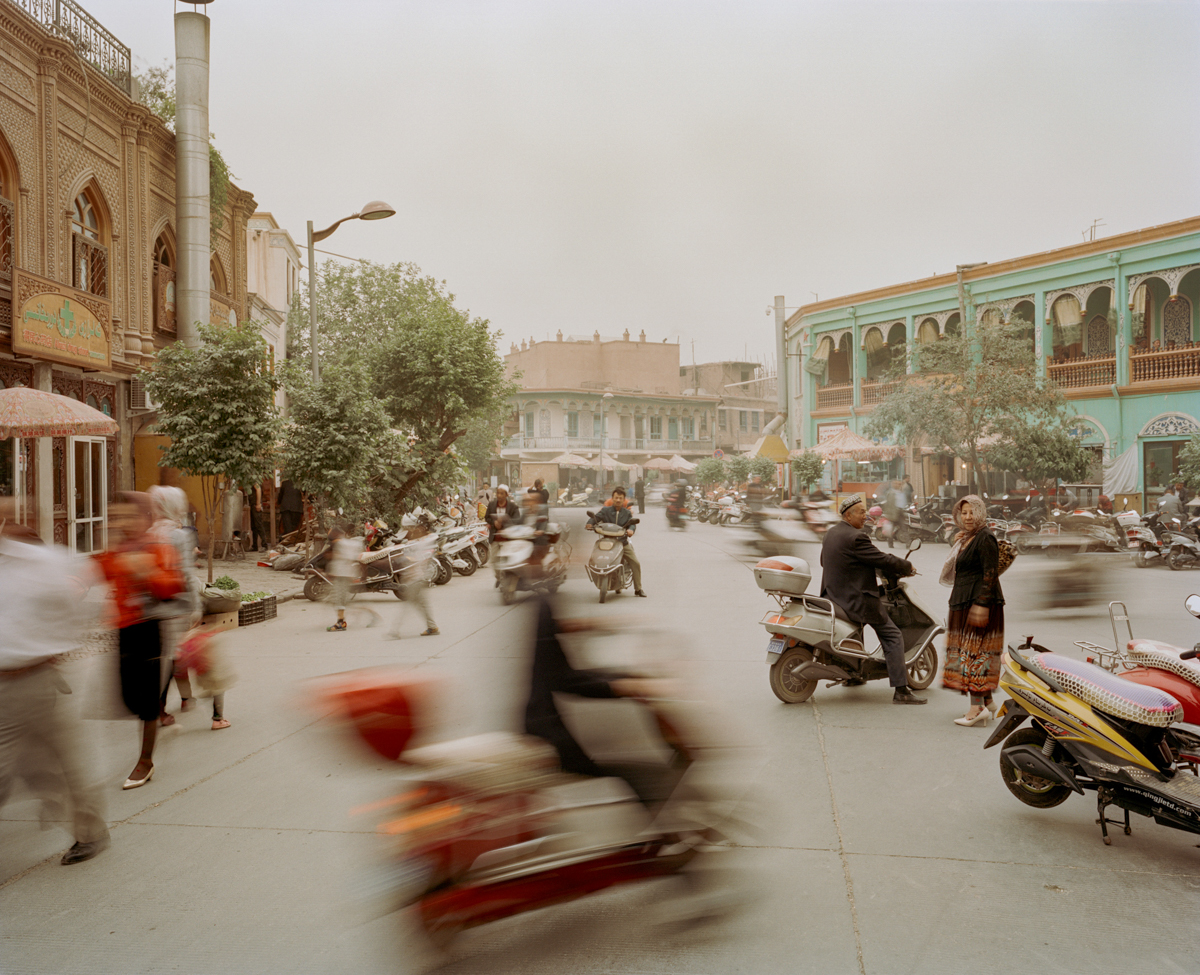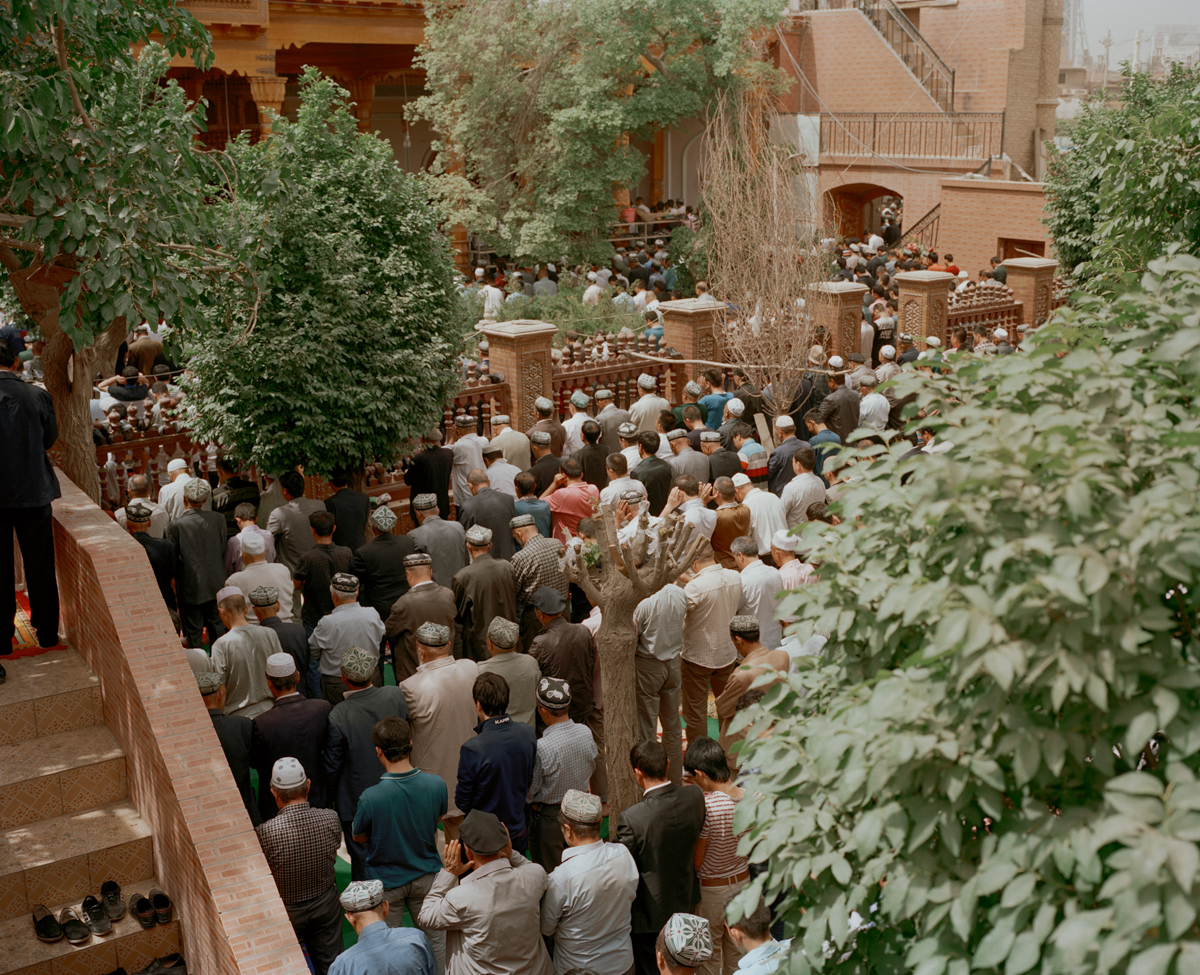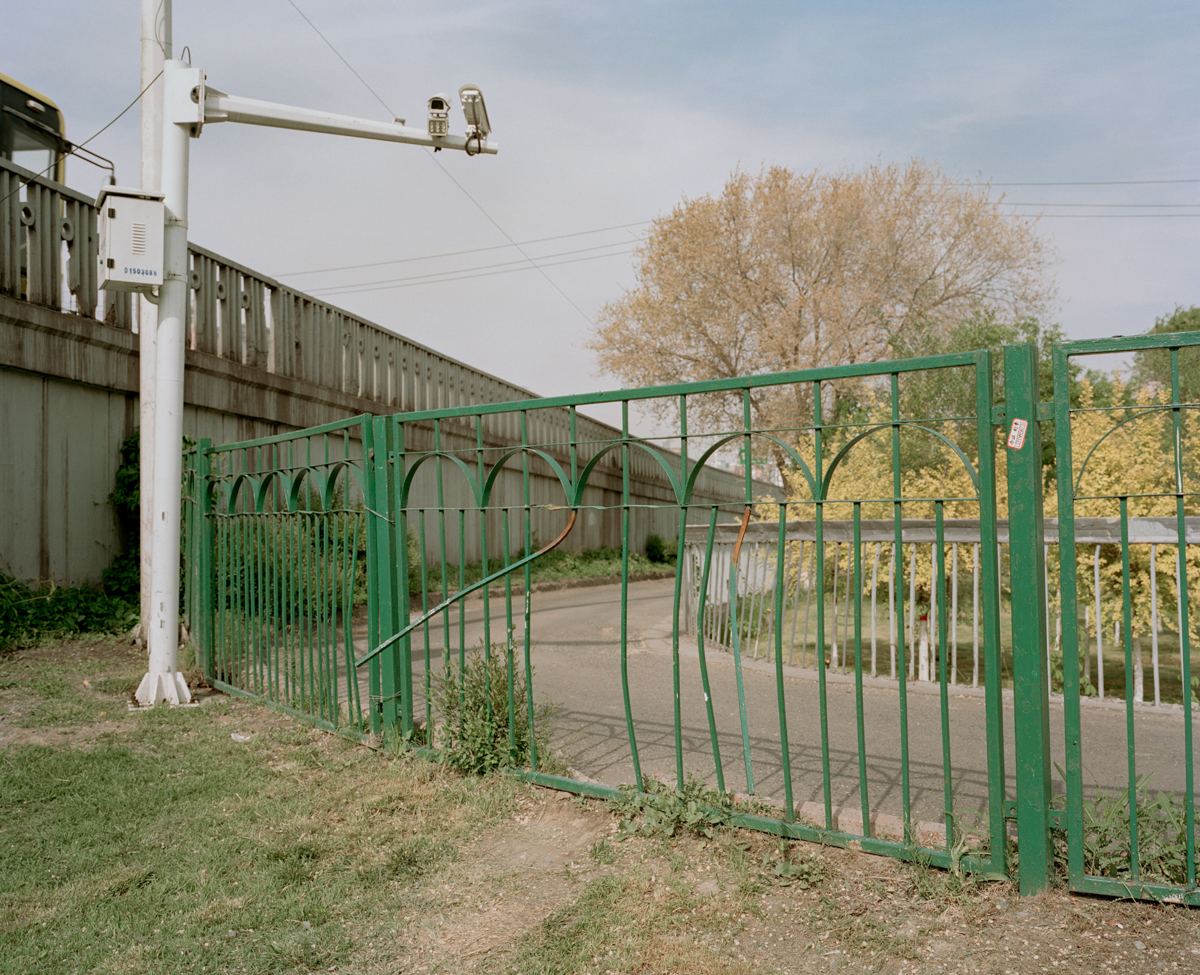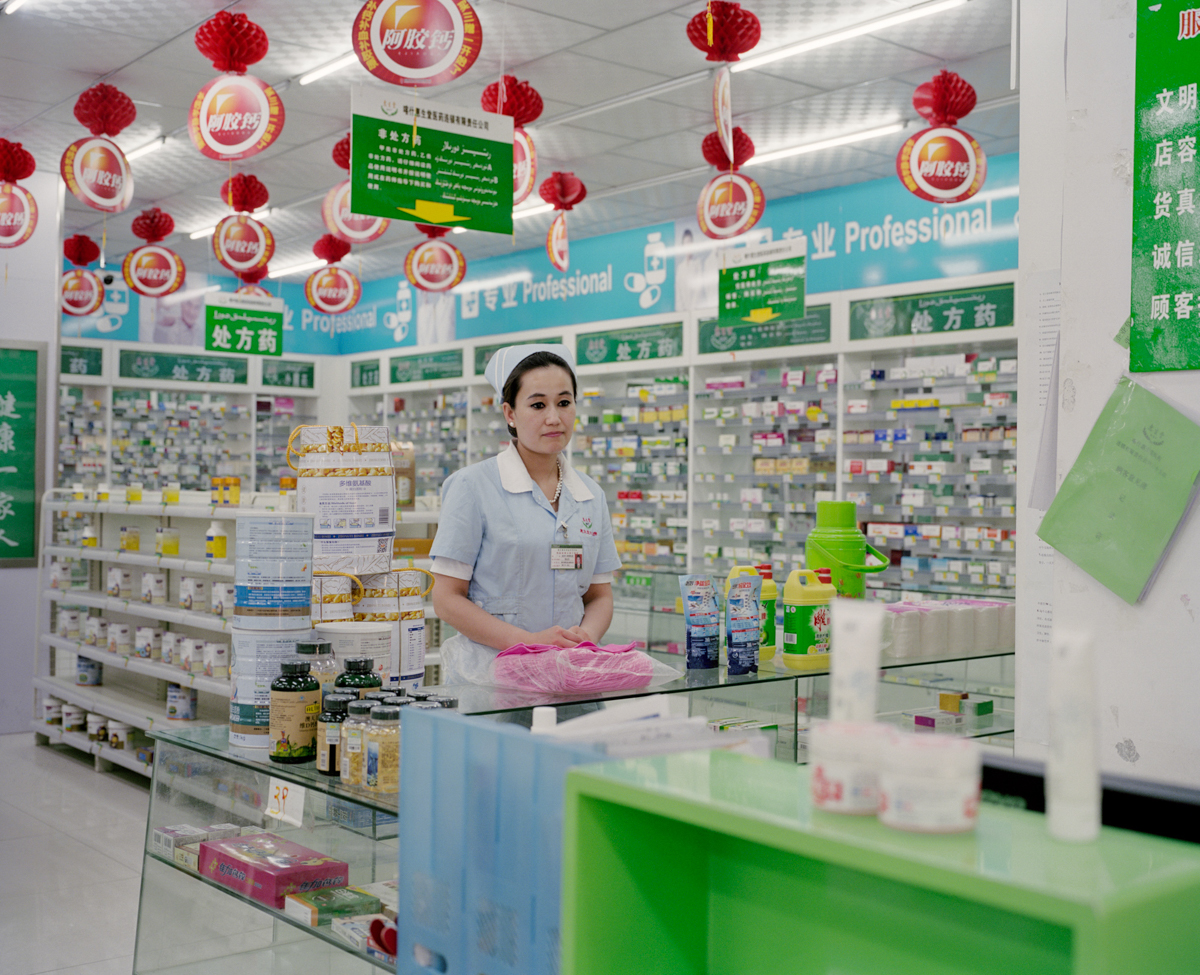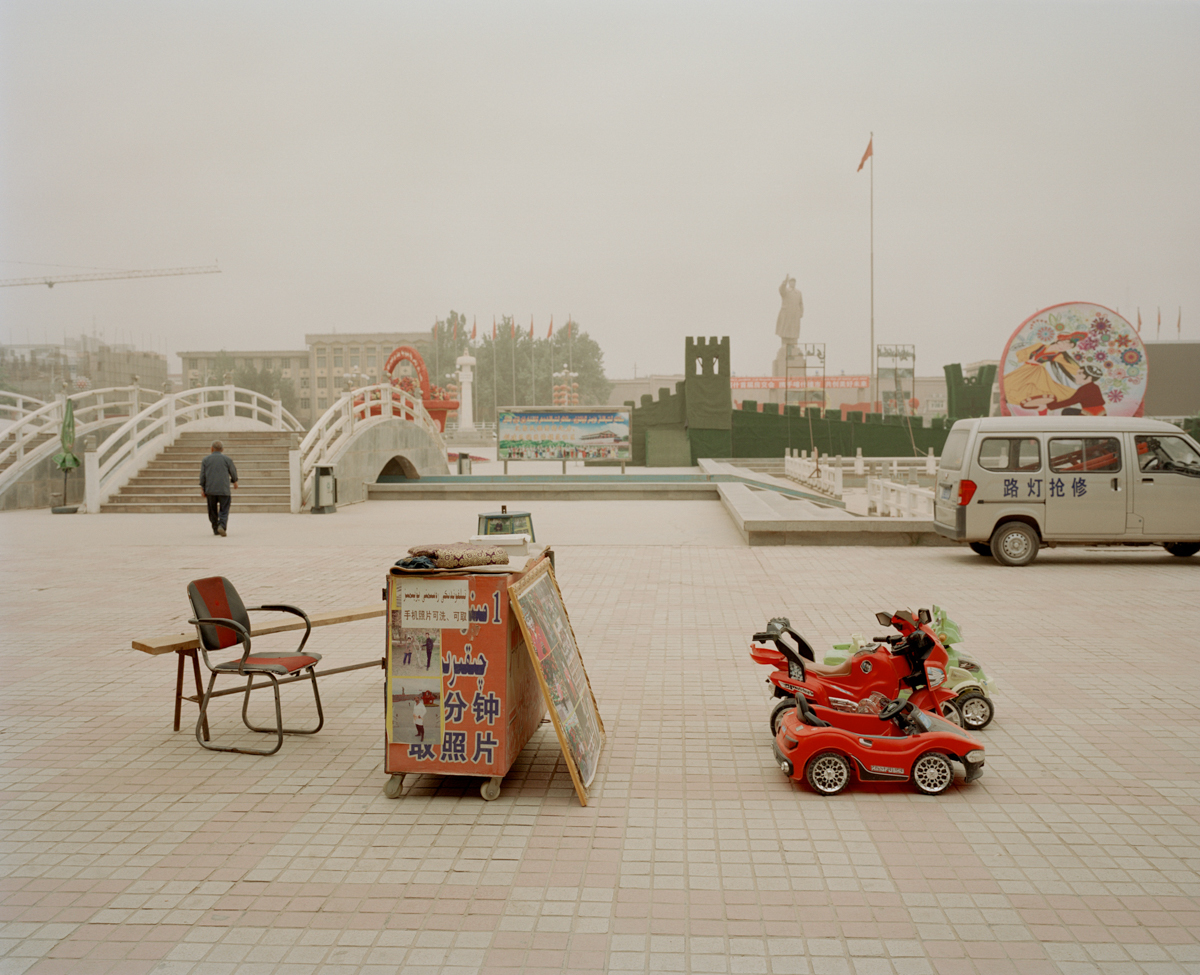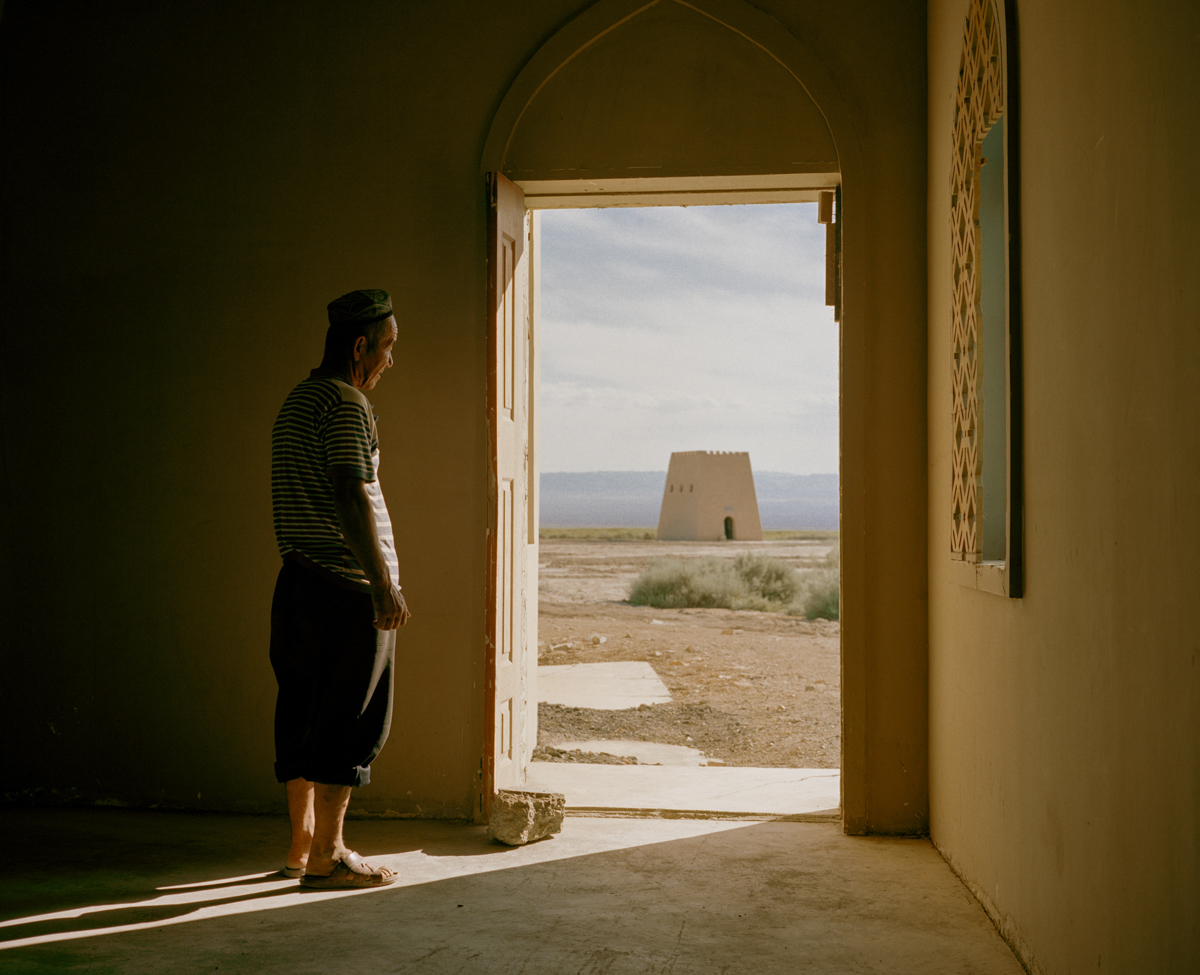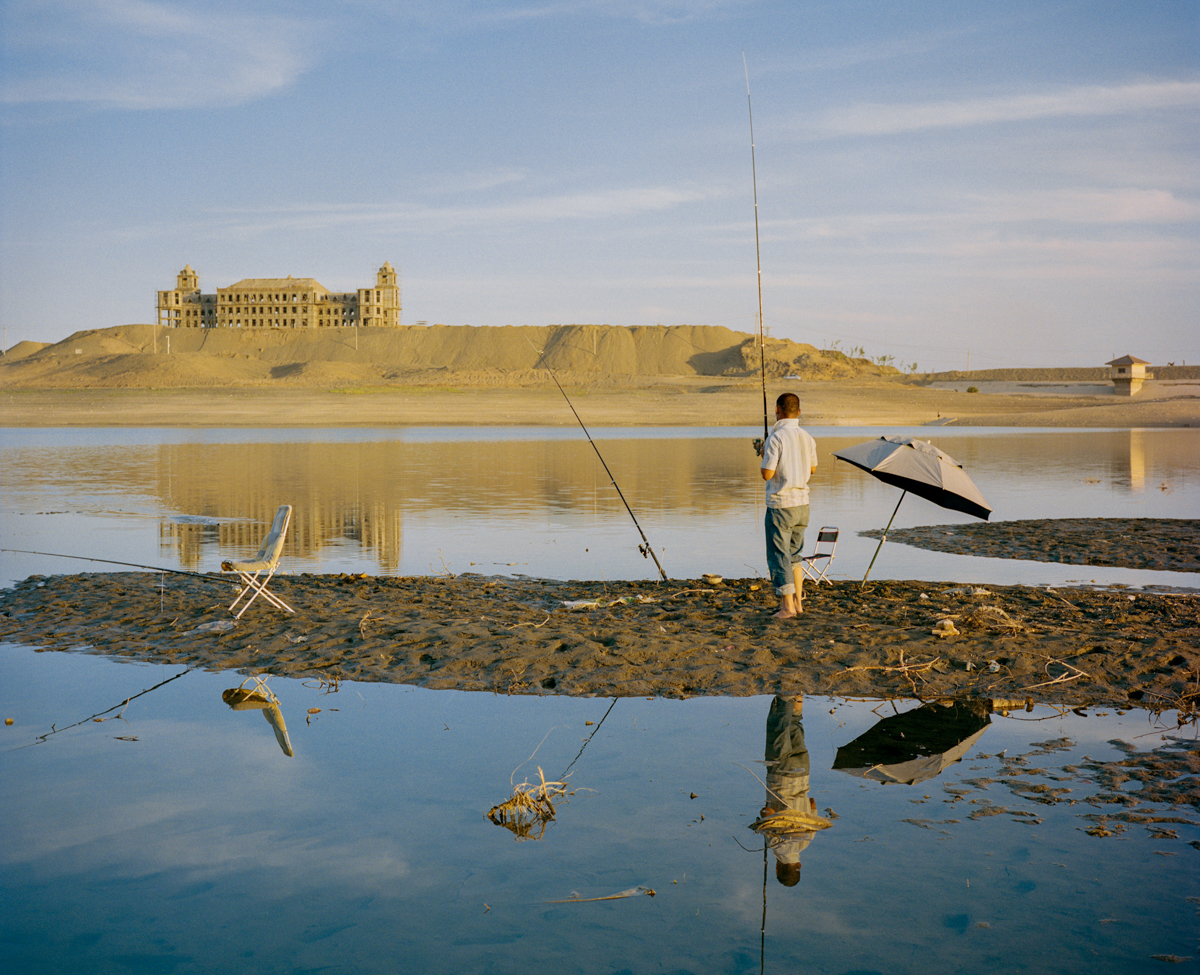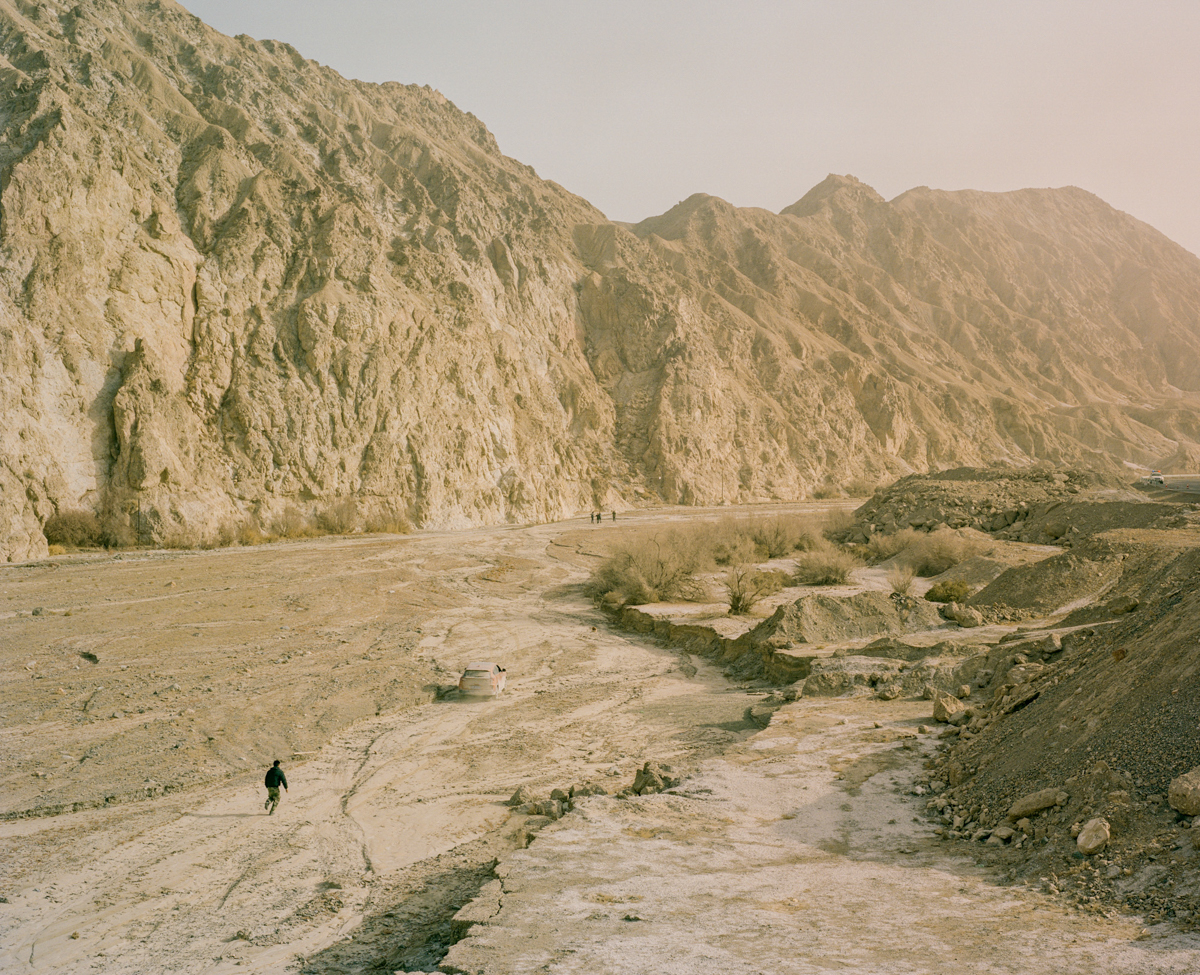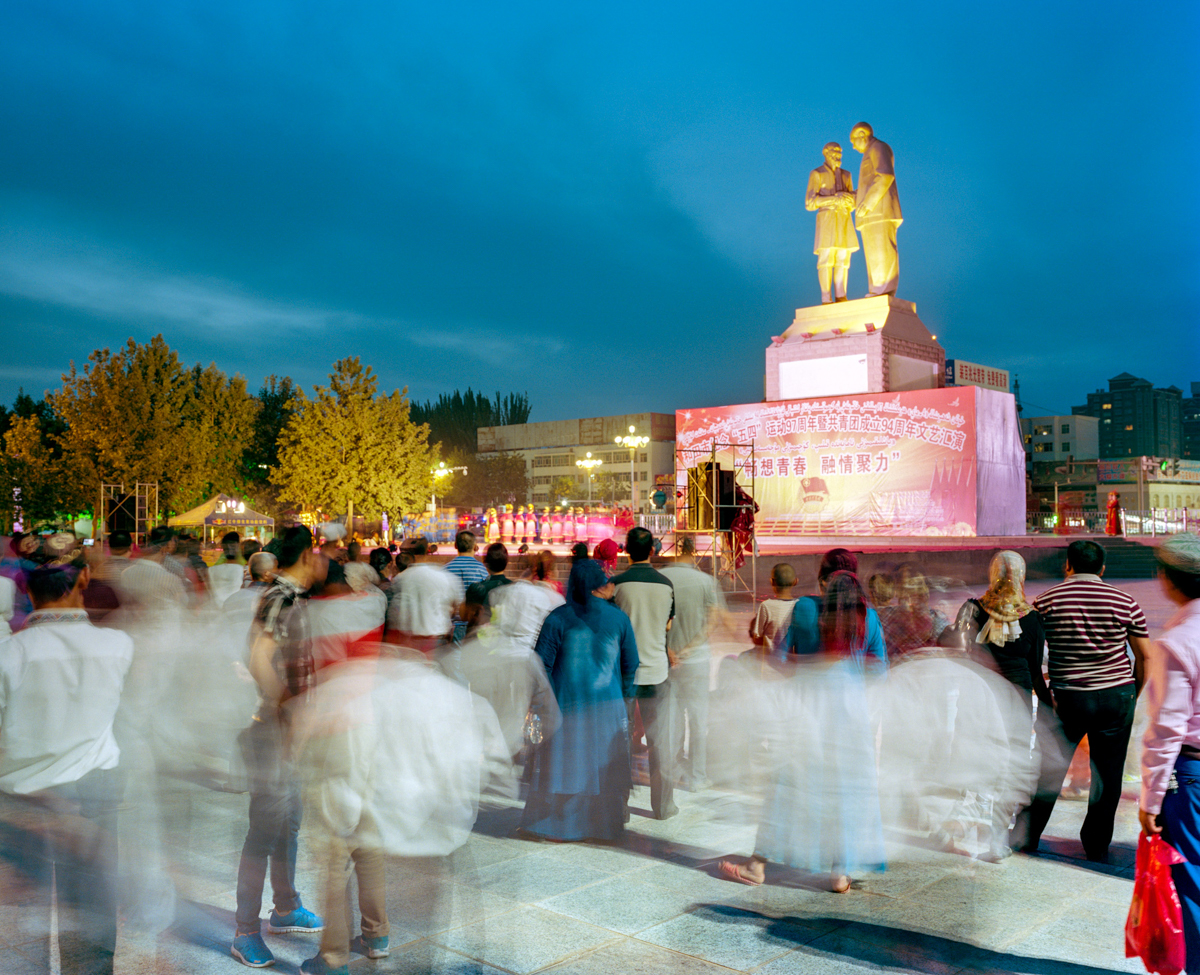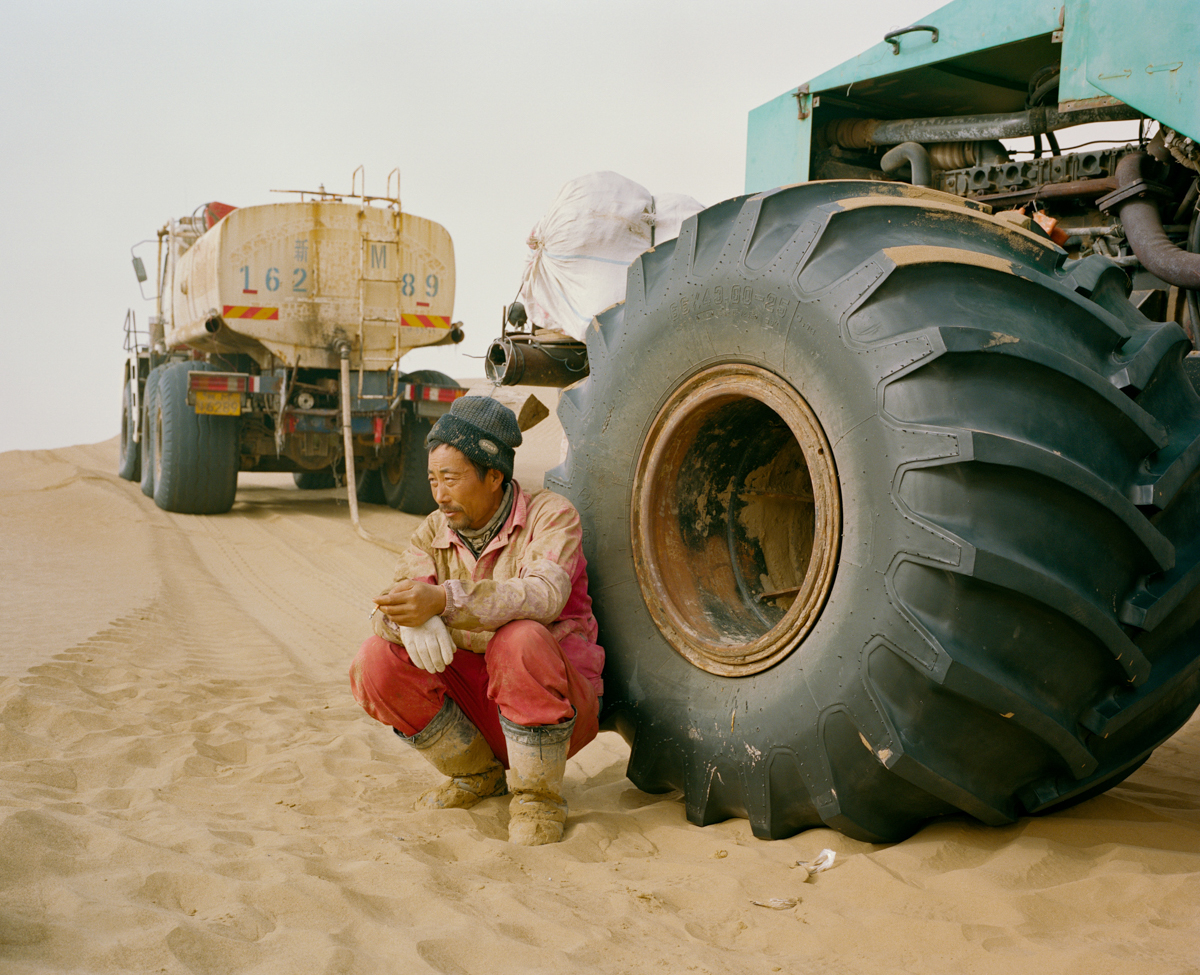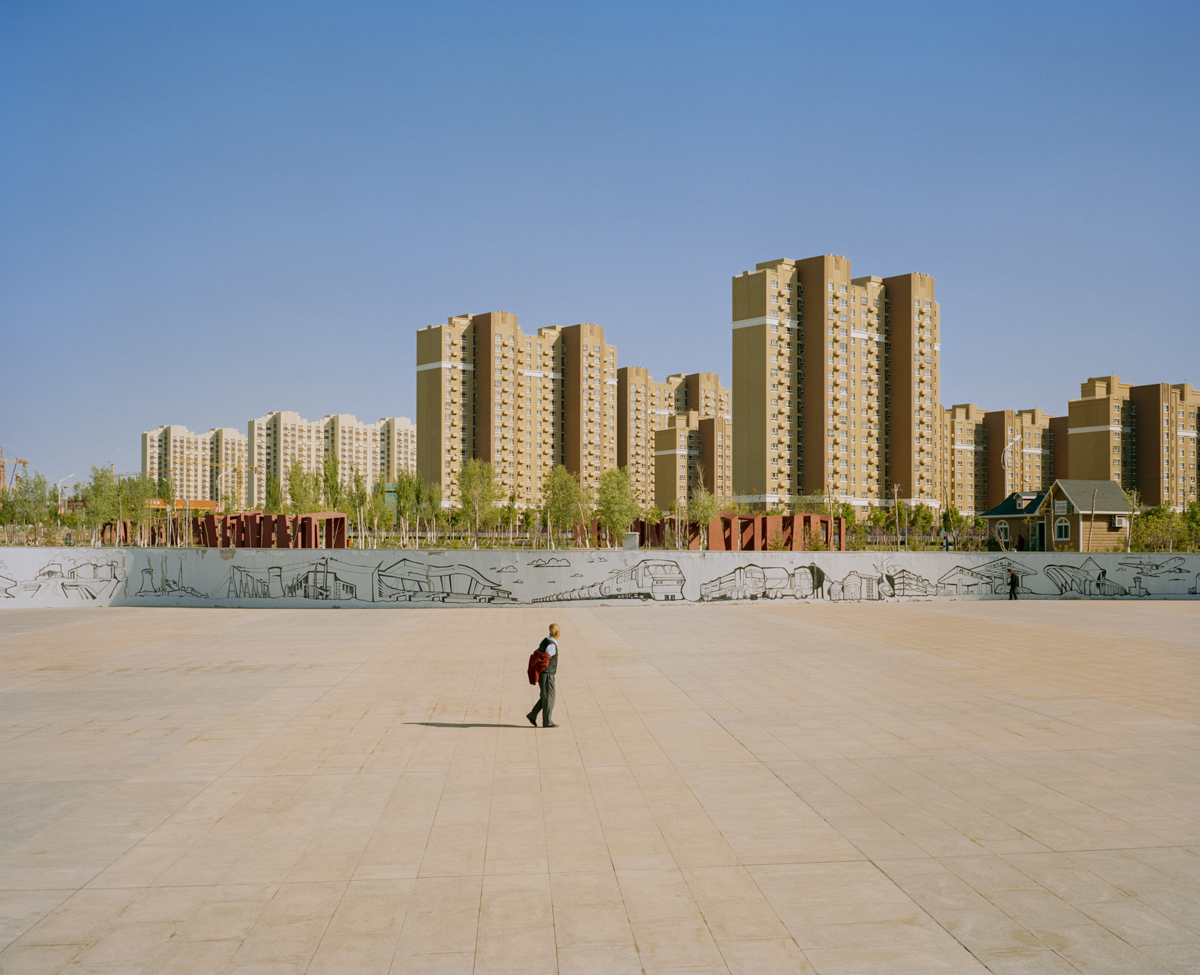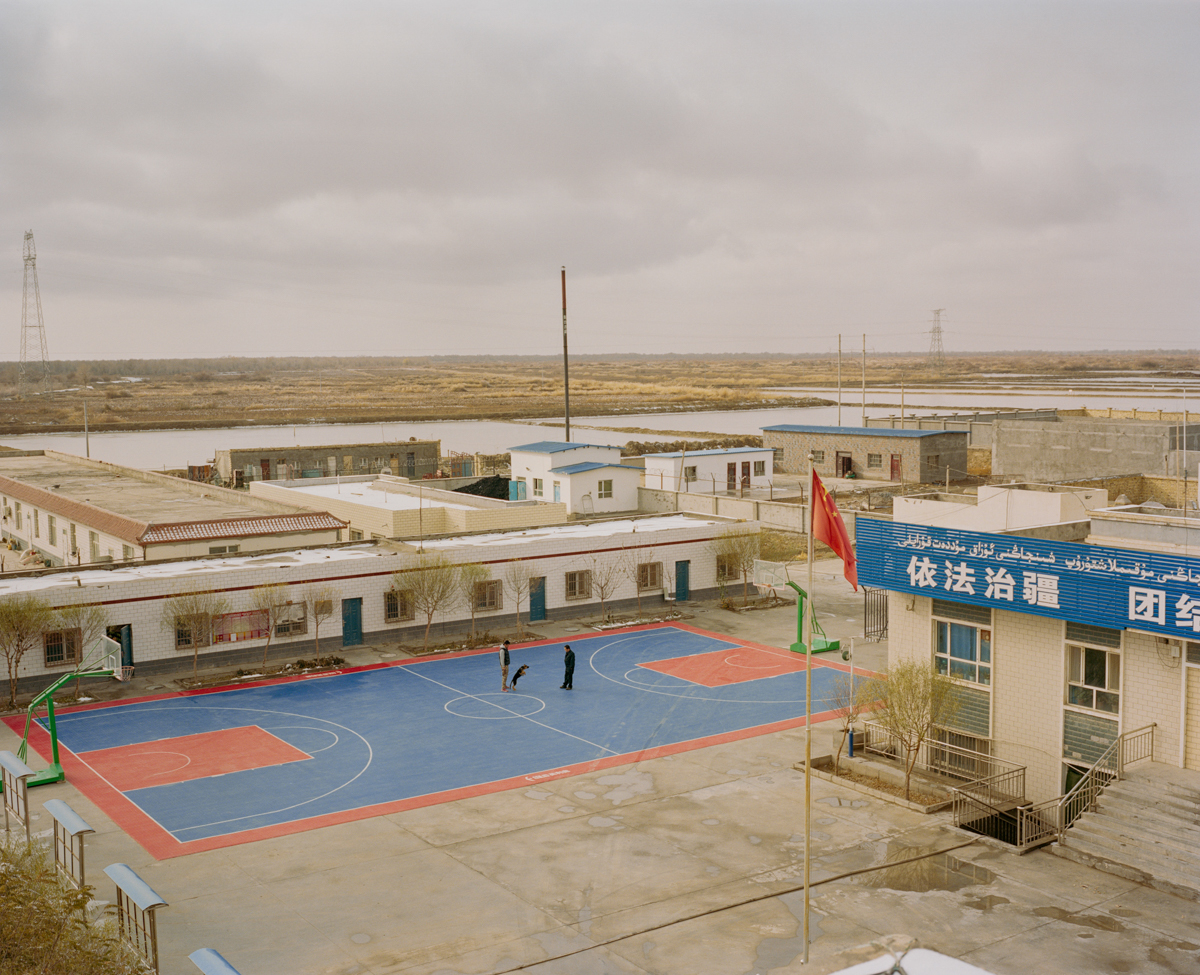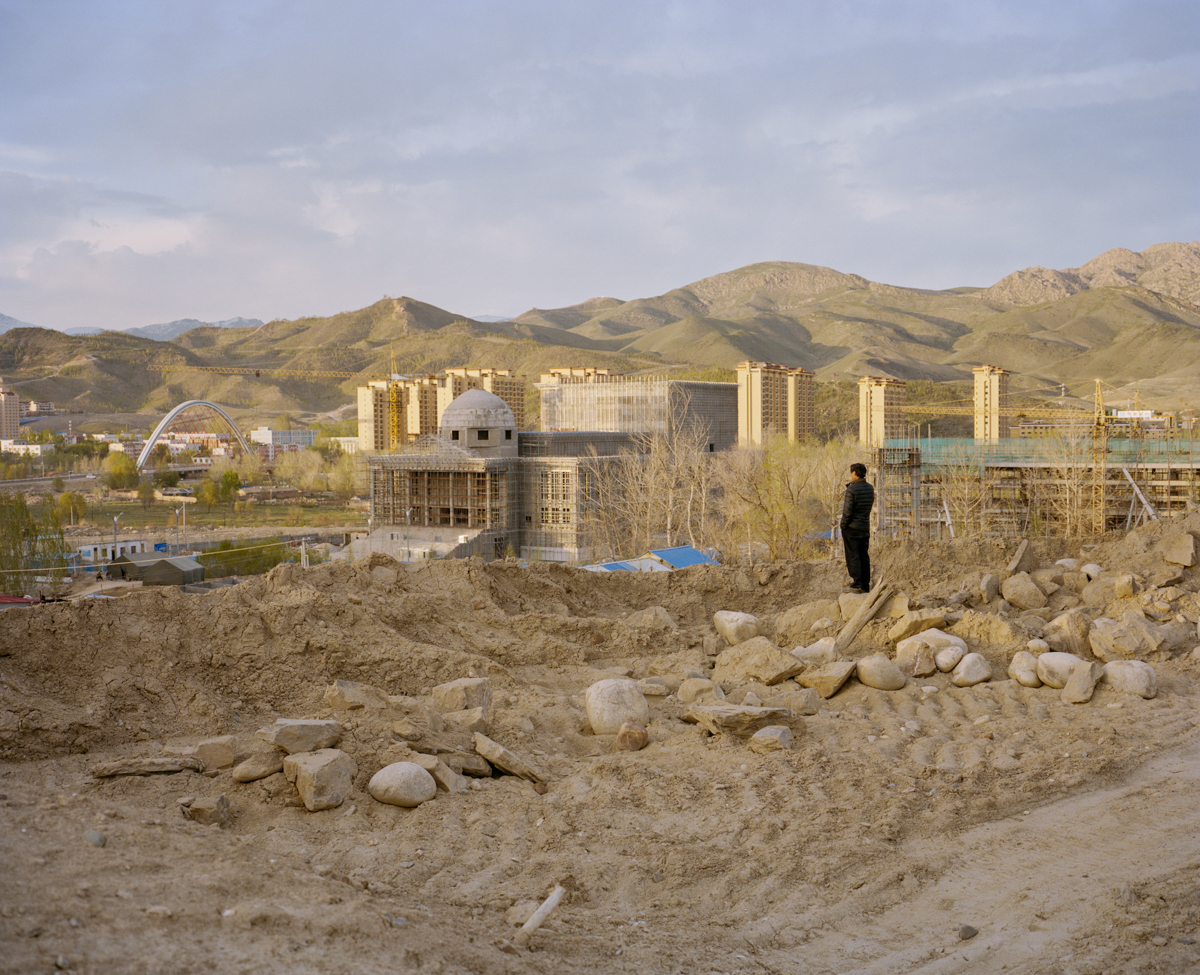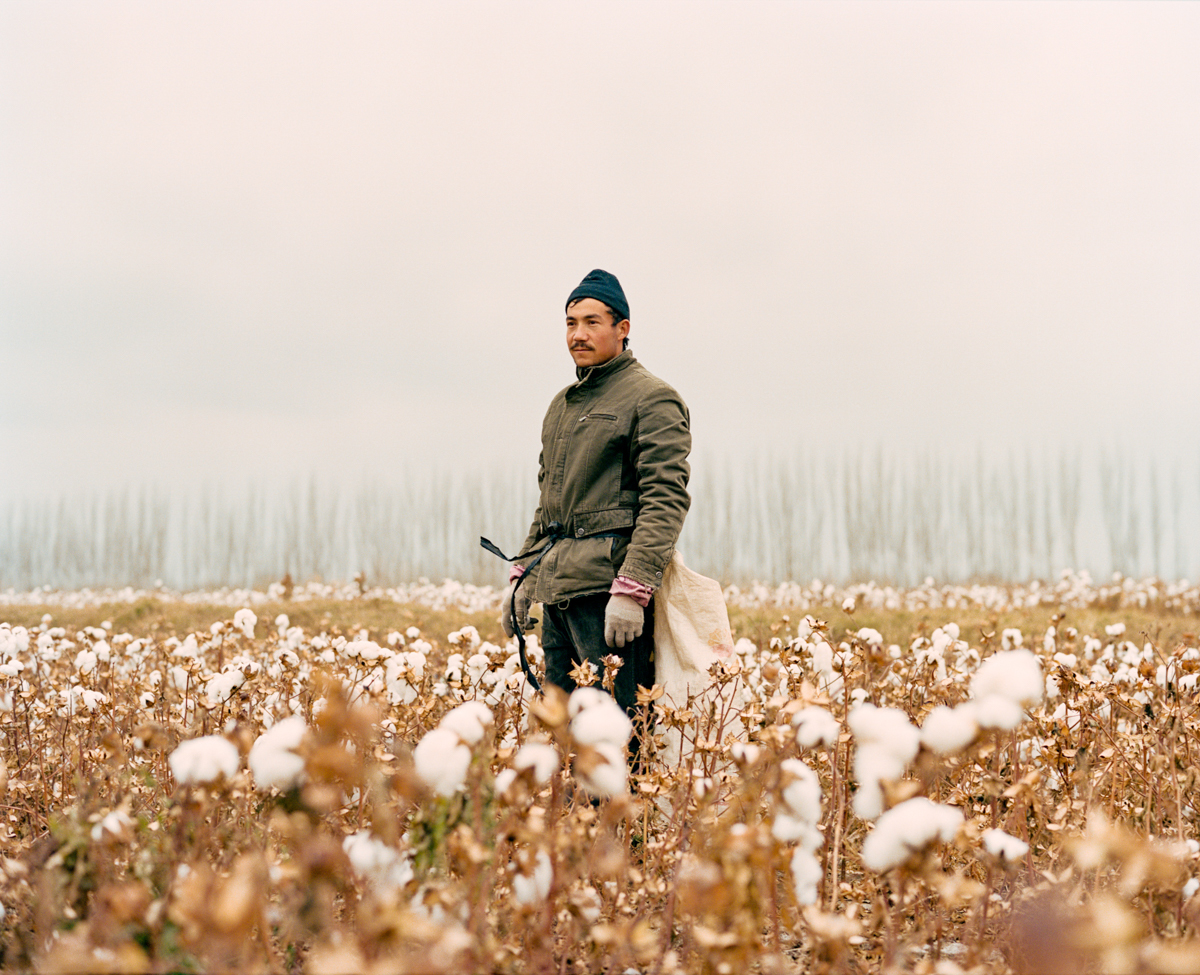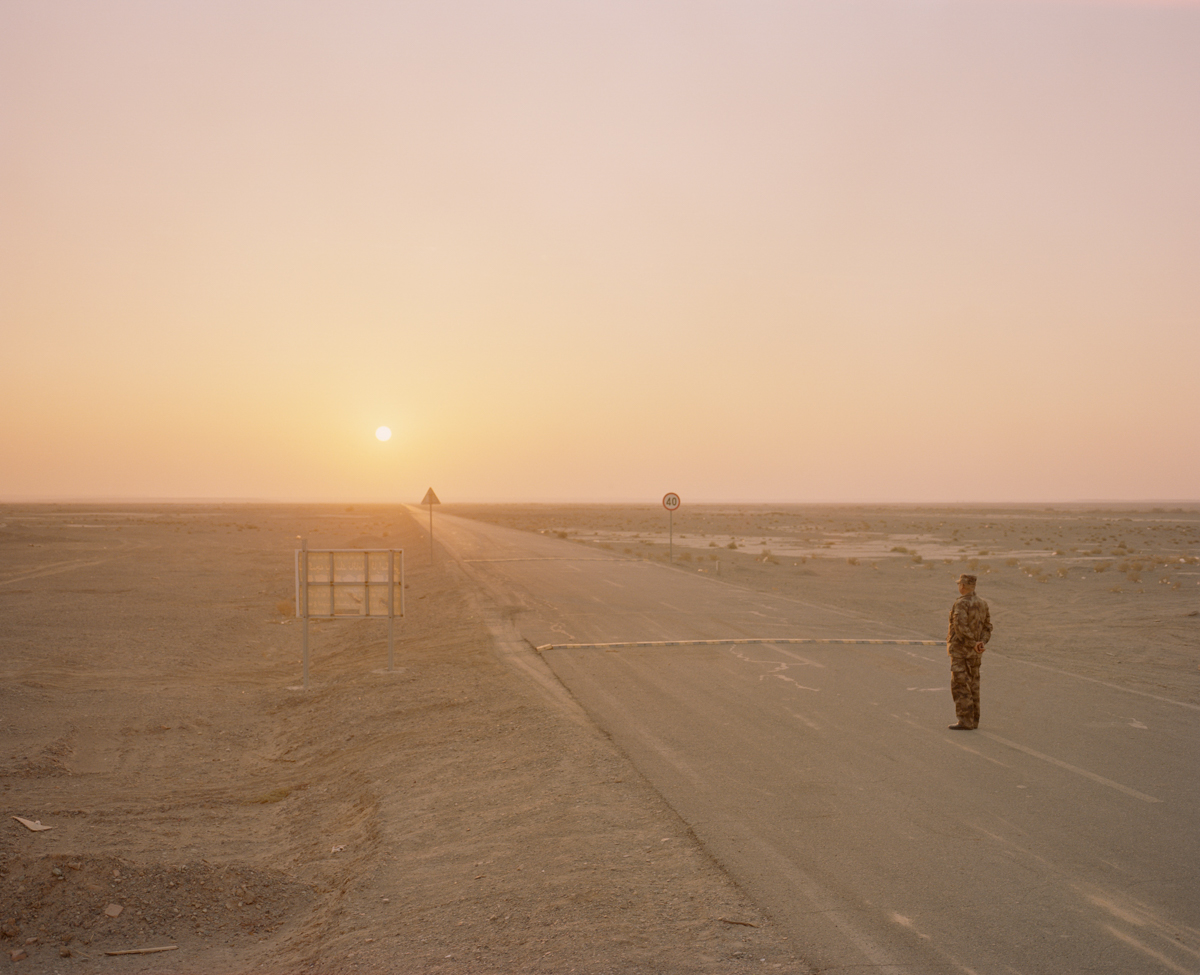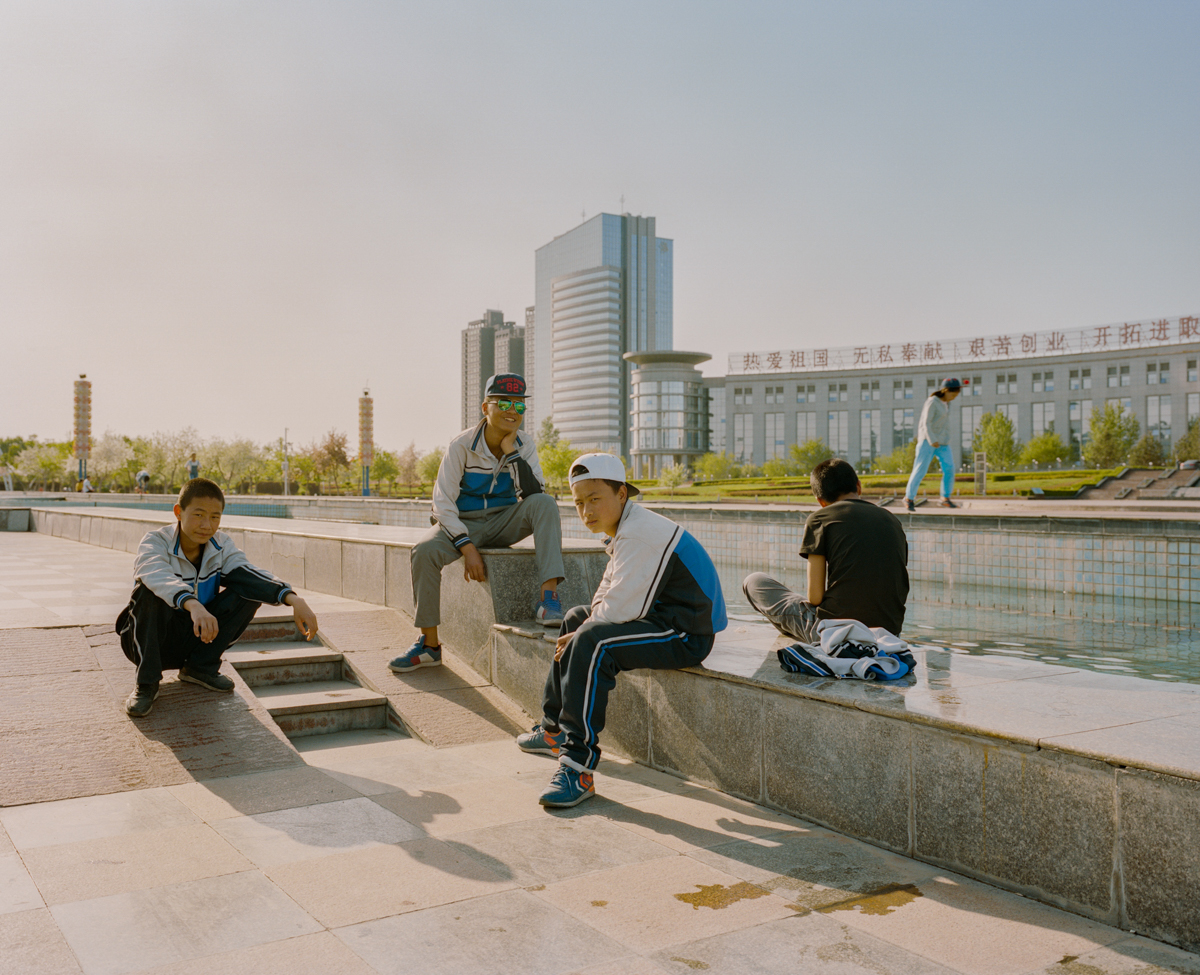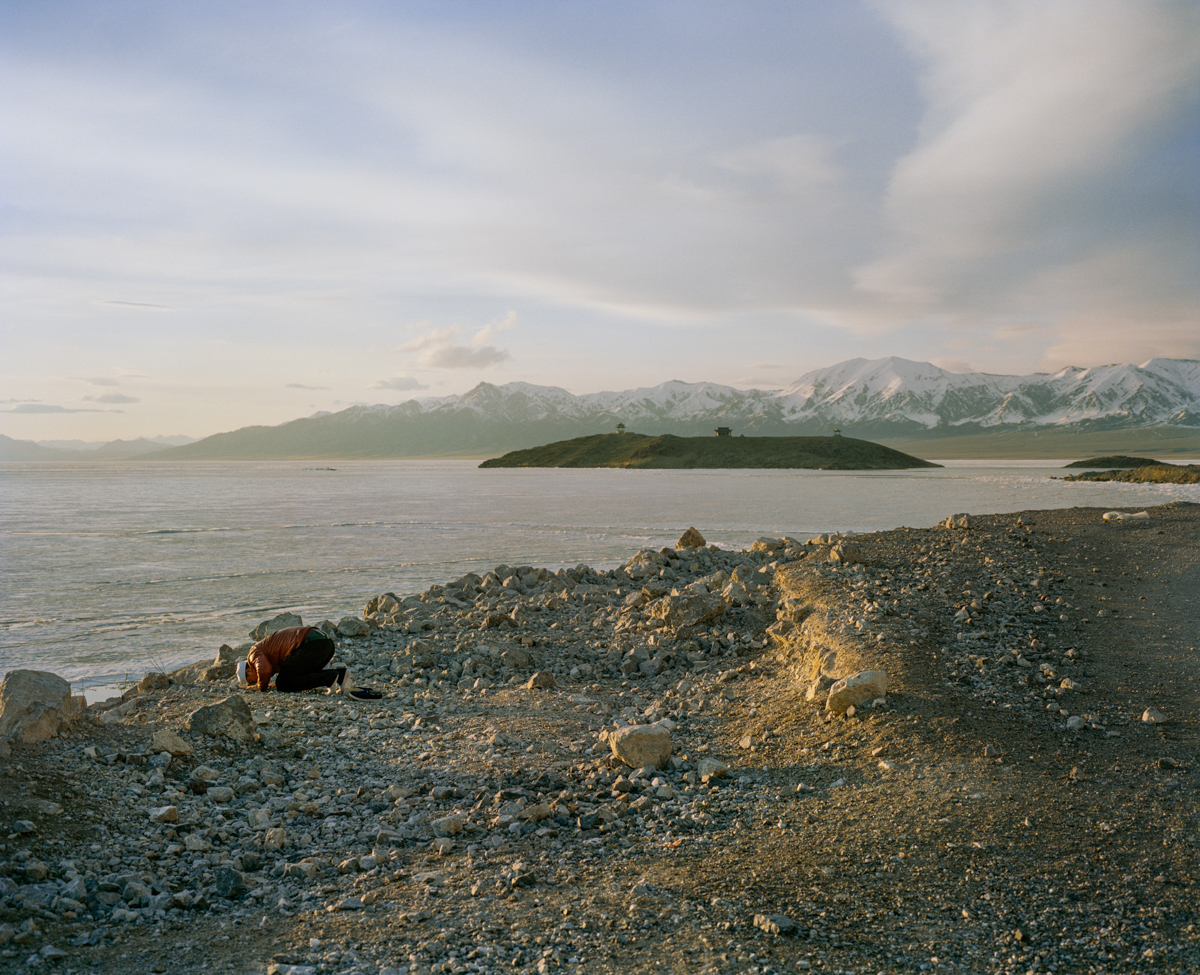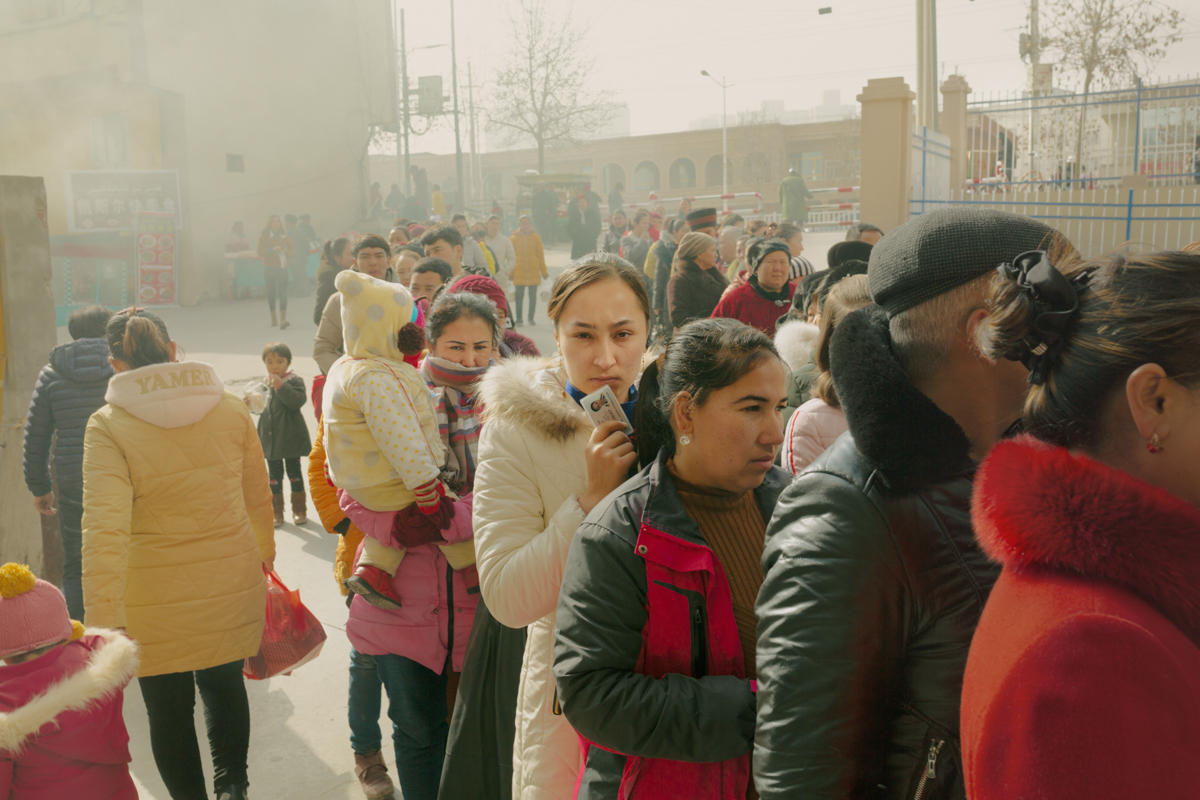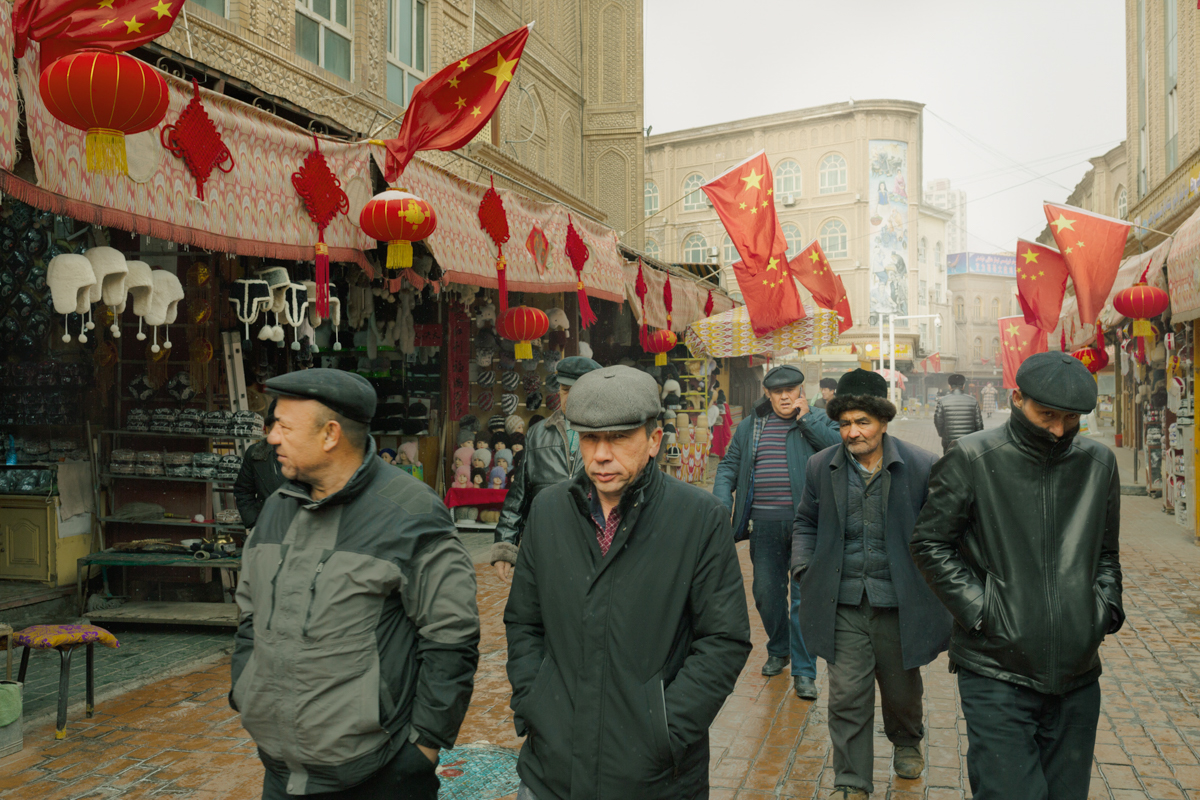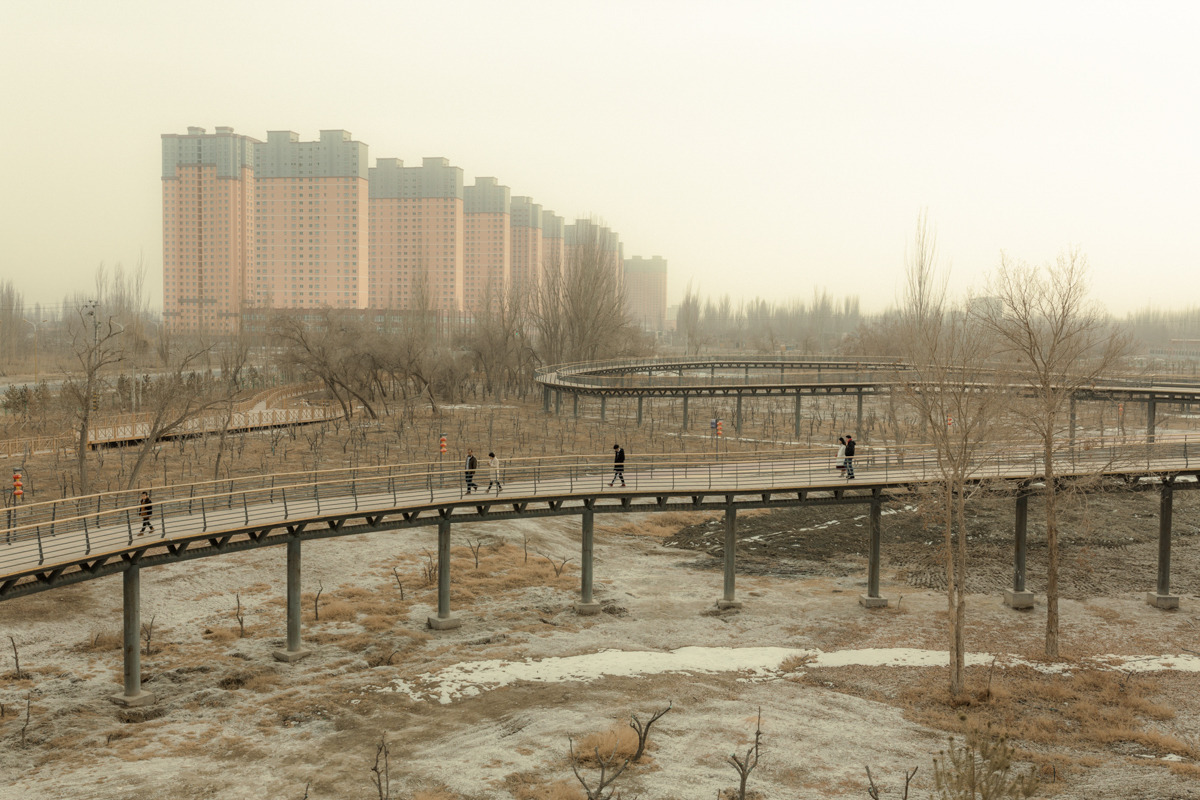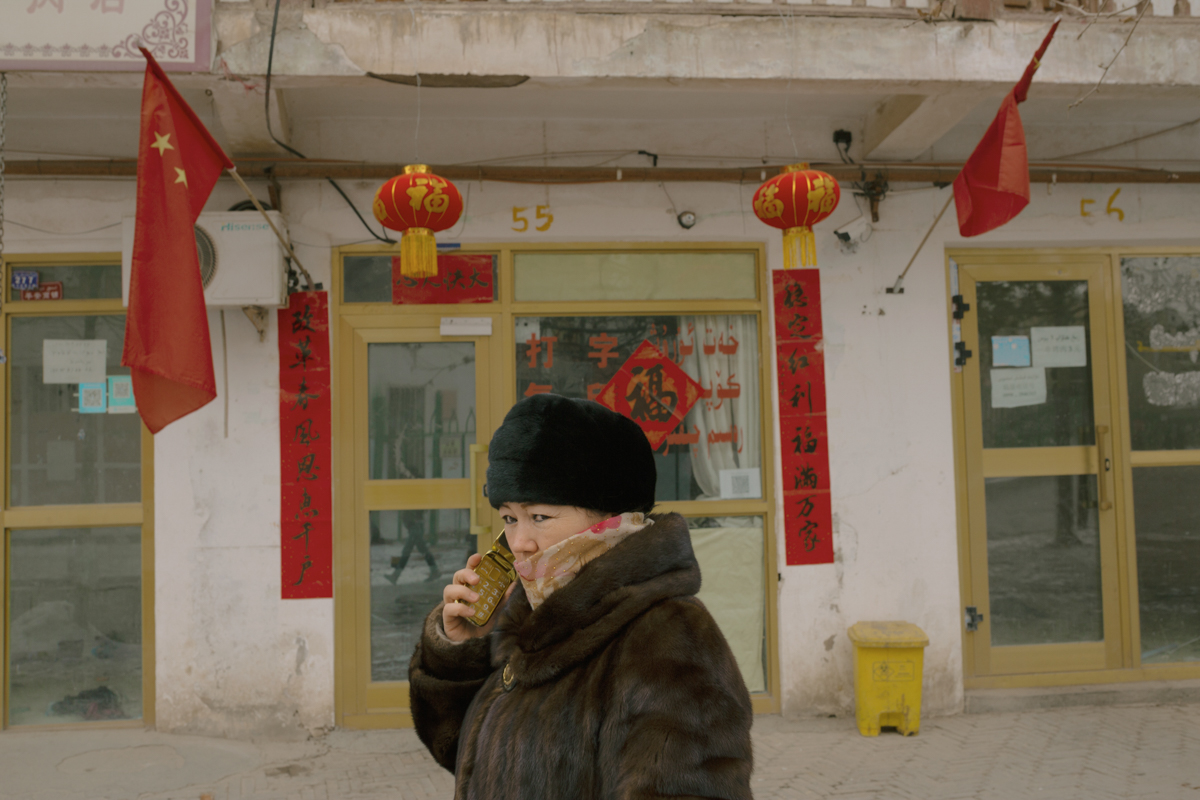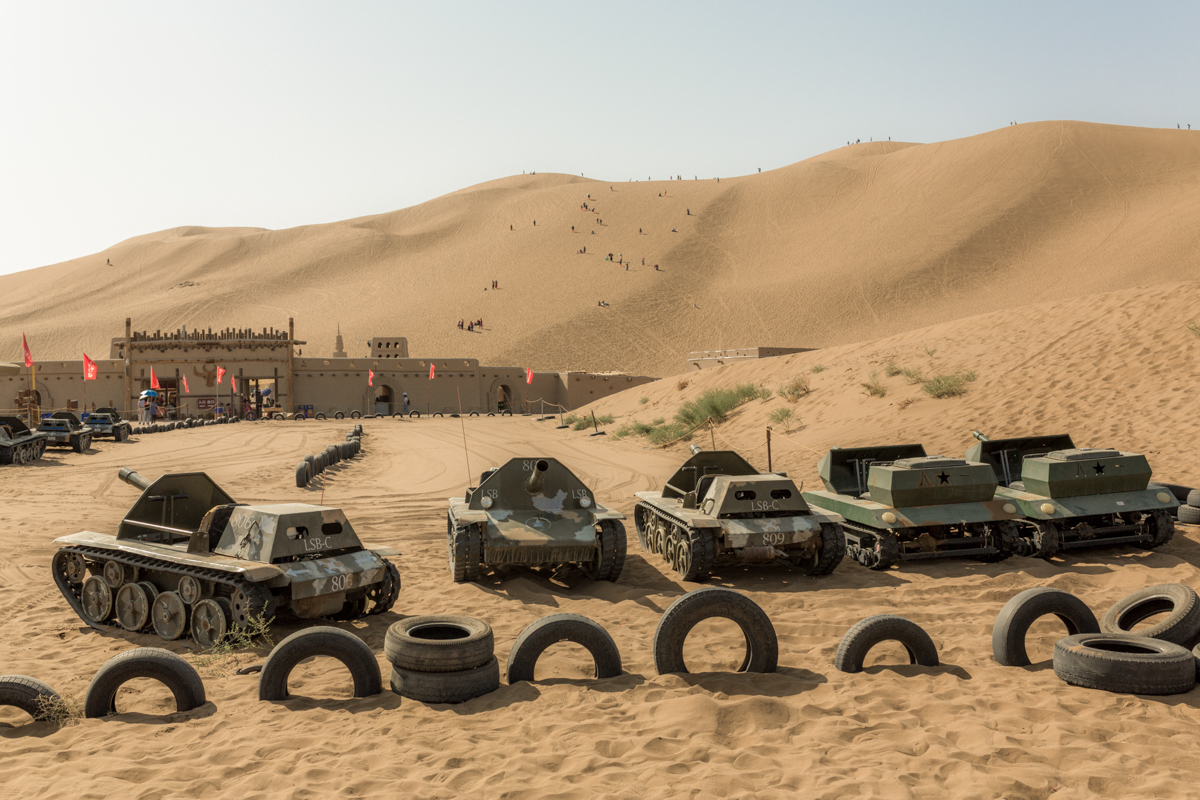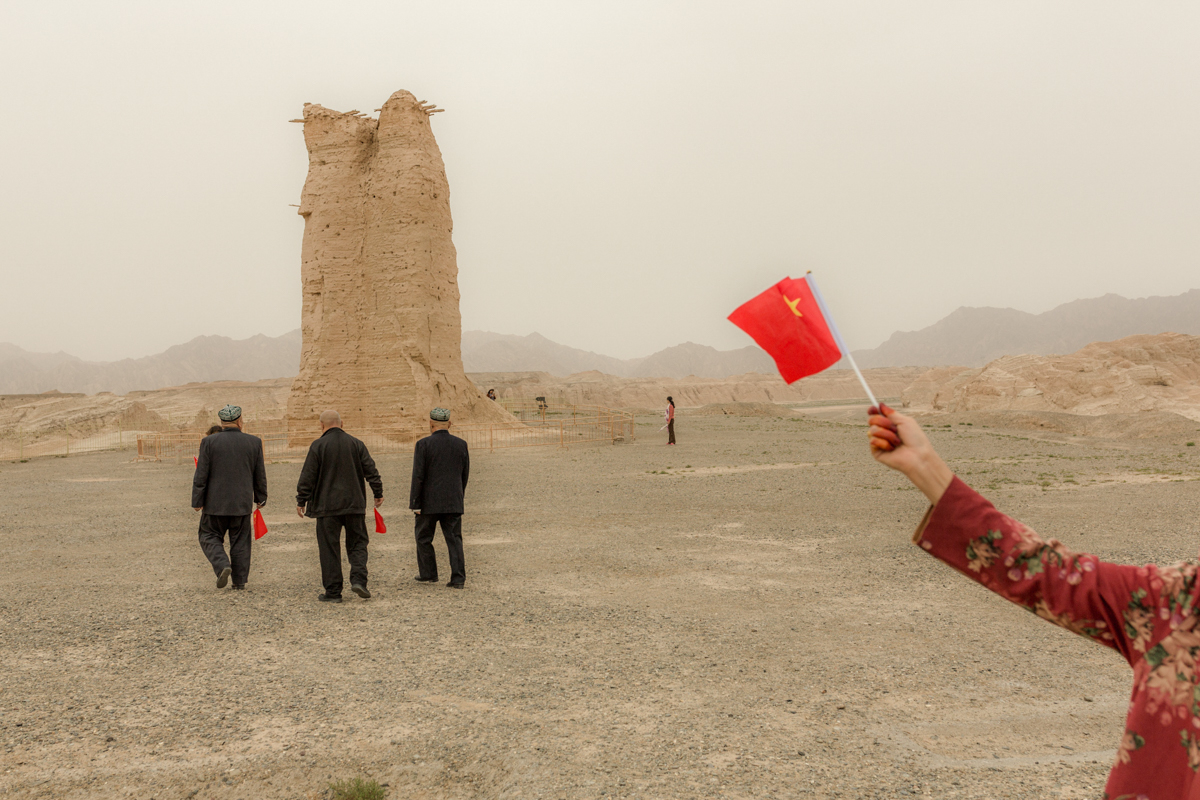Vanishing Point
Patrick Wack’s Photographs of Xinjiang
The French photographer Patrick Wack first traveled to Xinjiang in 2016. He had arrived in China a decade earlier, seduced by the idea of having a “ringside seat to history,” and found a steady stream of documentary and commercial work across the country. But several years into Xi Jinping’s tenure as China’s top leader, Wack found himself despairing of China’s “nationalist and revanchist” turn, mourning the hopes he had once held that he would get to witness the country’s political liberalization.
Craving a change of scenery and a desire to witness a region at the “crossroads” of history, in 2016 he set out on what would be the first of six trips to photograph China’s far western region of Xinjiang.
The pictures he made during those visits to Xinjiang between 2016 and 2019 document both the changes wrought by the government campaign of cultural and political repression of the region’s primarily Muslim ethnic minorities, and Wack’s own “brutal” realization that working in Xinjiang wouldn’t be the escape from China’s politics he had craved. Rather, as he writes in the introduction to Dust, a collection of 70 of his photographs along with essays by Xinjiang scholars Dru Gladney and Rémi Castets and former China Bureau Chief for Le Monde Brice Pedroletti, “I had left a territory under surveillance only to return to find an open-air prison. The landscape had changed; it had been stripped of the slightest religious or cultural symbol. The mosques were locked shut, the women divested of their veils, the domes and the crescents had vanished, the Uyghur villages seemed uninhabited and bouquets of surveillance cameras had blossomed everywhere.”
Shortly before the book’s publication, Kodak published a selection of Wack’s photographs on its Instagram account, only to remove them and apologize for the post when a storm of criticism from Chinese social media users and prominent government-backed media outlets attacked the post and Wack, accusing him of fabricating human rights violations for the sake of publicity and profit.
The incident was just one small victory for Beijing in its onslaught of efforts to obstruct accurate coverage of Xinjiang. Wack’s photos became a target because they open a window into the region that Chinese leaders prefer to keep shut.




